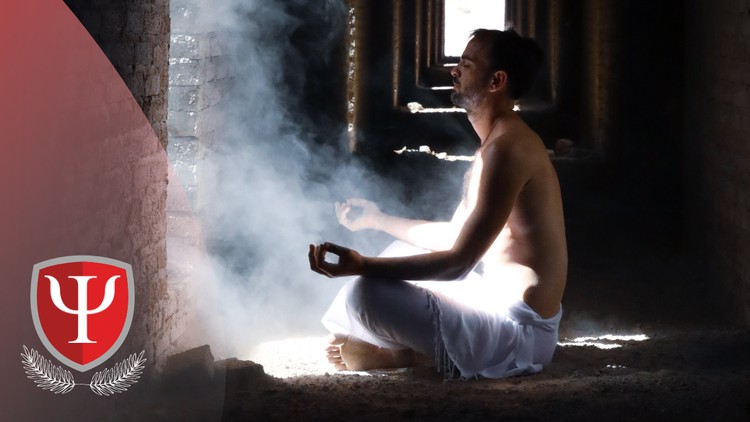
Goal: Learn principles and practices of three yoga paths for spiritual liberation and ending life’s sufferings.
What you will learn
What is Yoga? Vedic Perspective
Three Paths of Yoga i.e. Karma Yoga, Bhakti Yoga, and Raja Yoga
A complete in depth understanding of Karma yoga, Principles and methods of practice
A complete in depth understanding of Bhakti yoga, Principles and the methods to practice
A complete in depth understanding of Raja yoga, Ashtanga Yoga, and Principles of raja yoga
Vedanta Meditations
Various methods of meditation, breathing, kundalini awakening and to practice in day to day life
Understanding Suffering and Emotional Freedom
Description
Goal: Learn principles and practices of three yoga paths for spiritual liberation and ending life’s sufferings.
In this course you will learn three of fours yoga paths that are Karma Yoga, Bhakti Yoga, Raja Yoga. Everything from basic understanding, core principles, and methods of practice will be included in this course. Along with the videos you will be able to do download mp3 files of all lectures. Below is the basic understanding of what these three yoga paths are. Please know that the 4th yoga path – jnana yoga is not included in this course as it is very advanced and suitable on for intellectual and experienced seekers.
1. Karma Yoga – the yoga of action and selfless service
This resonates most with those who are community-based and of an outgoing nature. Karma yoga purifies the heart and burns away selfish tendencies (Mala) by encouraging a detachment from the fruits of actions. In this way, there is no expectation of personal gain or recognition. All actions are done with a focus on Oneness, therefore establishing a connection with the Atman or True Self. Mother Theresa is an example of a well-known karma yogi.
2. Bhakti Yoga – the yoga of devotion
According to this path, a lack of faith in the Divine or Sacred Essence has caused us to lose connection to our Divine Self. The solution, therefore, is love, surrender, and devotion to the Divine qualities in everything. Bhakti Yoga asks us to purify and transform our egotistic self-love by focusing the mind on sacred thoughts and transferring all our love and emotions into the Divine essence that permeates all. Examples of Bhakti Yoga are chanting, puja, and devotional rituals. This path resonates most with those of an emotional nature.
3. Rāja Yoga – the yoga of meditation
The restlessness of the mind (Vikshepa) has caused our attention to become carried away in stories and disconnected from our True Essence, according to this path. The solution, then, is to calm the mind through meditation in order to reveal the Oneness that we are in our truest essence. This is done via the Ashtanga (8 limbs) system, as outlined by Patañjali in the Raja Yoga Sutras. Most yoga classes in today’s society are steeped in the Raja Yoga path. This path is most suited for those with a nature that resonates with method-based practice.
4. Spirituality for Emotional Freedom
In this section you will learn the core spiritual teachings that will help you overcome your problems in life. This course is divided into 4 lectures
1: Root of all sufferings
2: The ultimate solution to eradicate all suffering
3: Troubleshooting problems on the path
4: Desirelessness
In each lecture we will look at the scientific reasons for our problems and scientific solutions to overcome our sufferings. “Suffering” is an umbrella term for all pains we experience because of our mind, body and world. The suffering includes common problems such as anger, jealousy, low self esteem to major problems such as depression, suicidal tendencies, anxiety and kinds.
There are many practices and principles that you will learn in this course, which covers a significant amount of teachings from Vedanta, Swami Vivekananda and Bhagavad Gita. All the yoga paths are based on Hinduism, however these principles can practices are more about love, mindset and humanity. Therefore, they can be practiced by anyone regardless of their age, gender, experience, and religious choice.